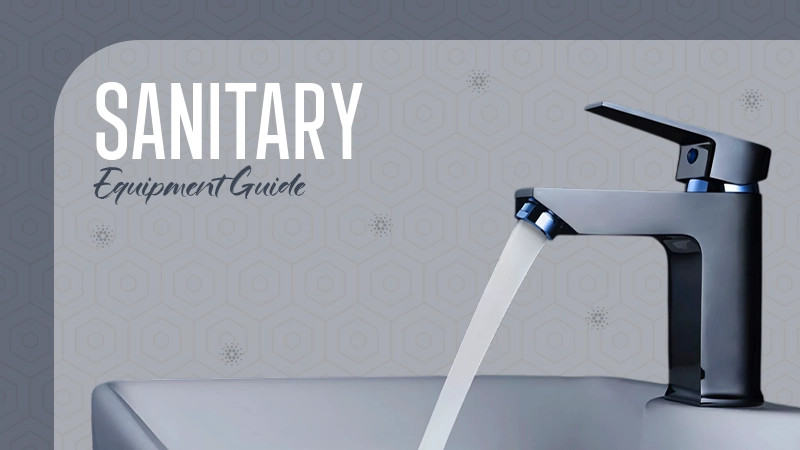Looking for a strong and effective tarp? Don’t rush the decision and consider a few important factors before buying. Picking the right tarp is not just about covering something; it is about protection, durability, and peace of mind.
The right cover can handle tough weather, movement, and daily wear without giving up early. So, let’s break down how to choose the right tarp that is both durable and offers sufficient coverage.
Match the Tarp Type to the Job

The first question you need to ask yourself is the purpose of getting the tarp. Not every kind of tarp is created equally; each tarp is intended for a different type of use. For example:
- A blue tarp is appropriate for short-term or emergency use because of its lightweight, inexpensive, and disposable nature.
- A polyethylene tarp is effective for temporary outdoor protection.
- A canvas or vinyl trap is meant for long-term or frequent-use protection, providing heavy-duty solutions suitable for industrial and outdoor uses.
Pro Tip: The tarp you choose should fit the environment. Using the wrong type will cause it to tear, leak, or just generally not cover sufficiently.
Check Tarp Size and Fit
A tarp that fits correctly provides more reliable protection. Take measurements of your space with a little bit of extra room for tie-down and overlapping. Look for reinforced edges and spacing for grommets; these factors make it easier to secure the tarp tightly.
Also, keep in mind that it is better to overlap two tarps than to stretch a tarp tightly and increase the risk of tearing. Make use of bungee cords, ropes, or straps for a tight yet flexible fit. Proper sizing and fit can help prevent damaging the tarp and can help increase the life of the tarp as well.
So, what is the takeaway here? Select a tarp designed for your situation and that fits correctly. That’s it! This little detail can save you a lot of time and reduce replacement costs down the road.
Evaluate Fabric Strength and Resistance
To ensure a tarp can withstand the time and serve you right, it begins with the fabric. Weave count, fabric coating, weight rating, and other such factors affect durability. These factors decide how tough and long-lasting your tarp will be.

Stronger material will be able to handle severe weather and hold heavy objects. Thicker and heavier tarps usually will last longer, especially when they are used outdoors (exposed to harsh weather or near friction or sharp edges).
Here are some key features to look for:
- Waterproof coating to protect your equipment against rain and moisture.
- Mildew-resistant to prevent contamination from mold or fungus in damp or shaded areas.
- Tear and puncture resistance is a must-have feature for rugged or industrial use cases.
- Heat-sealed seams add extra strength and prevent splitting.
- Rust-proof grommets to keep tie-down points durable and secure.
If the tarp will be used often or in tough conditions, industrial-grade fabrics are worth the investment. However, for a temporary setup, a lighter tarp will be adequate. Testing strength and resistance helps you to make sure that the product is meeting your expectations.
Selecting Products from a Trustworthy Company
Not all tarps are created equal, and buying from a reputable company matters. A trusted brand provides accurate product specifications, materials used, and easy-to-follow recommendations, so you know exactly what you are buying.
Here are a few things you should consider before choosing a brand:
- Customer reviews to understand the actual utility of the product and services of the company.
- Product certification for quality assurance.
- Clear warranty information or guarantees for your peace of mind.
Purchasing from a reputable source minimizes mistakes, provides more value and assurance on product performance, making your overall experience smoother. Transparency in specifications and performance ratings is essential for making smart and informed long-term decisions.
Tarp Storage Tips
Even the toughest tarp can wear out fast if it is not stored properly. Just follow these quick storage tips to extend its life:
- Clean the tarp after every use by removing dirt, leaves, and moisture before folding and storing.
- It is very important to dry it completely. This prevents mildew and material weakening.
- Store it in a dry and cool spot. Also, make sure it is not close to sharp edges and direct sunlight.
- Fold the tarp neatly to prevent damage to the corners, seams, and grommets.
- Inspect it regularly to find out any small tears before they cause big problems for you.
Everything deserves a little bit of care and extra attention. With regular care, even a basic tarp can last much longer than expected, saving time and money in the long run.
To sum up everything, finding the right tarps is not only about the cover itself, but choosing the right material, the correct size, fabric strength, supplier, and care. Each element, from choosing to storing, adds up to better protection, longer use, and value.
Which tarp is the most durable?
Polyethylene tarps are the most durable and offer better water resistance than other types of materials.
How do I figure out what size tarp I need?
Start by measuring the length and width of the space. Also consider the objects you are trying to protect. Make sure the fit is right if you want the optimal protection.
Which color tarp lasts the longest?
Usually the silver color tarps last the longest because of their high UV resistance and good reflective properties.
Are all tarps waterproof?
No, you should always check the material and product specifications. Mostly, poly and vinyl tarps are waterproof. Materials like canvas have low water resistance capabilities.


